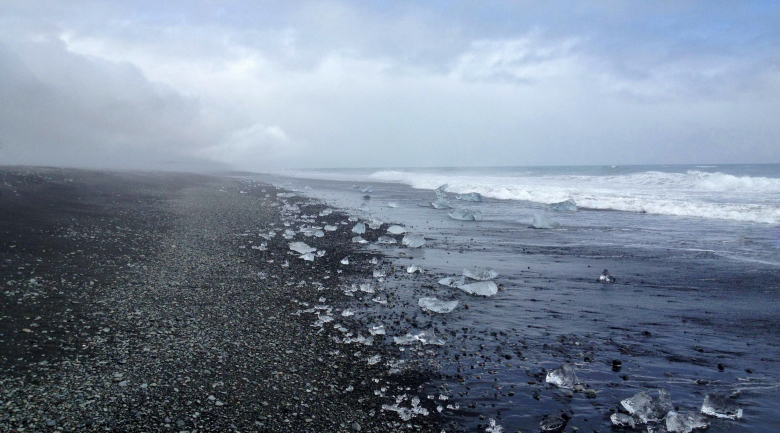
A little over four years ago, the world’s first commercial plant for sucking carbon dioxide out of the air opened near Zurich, Switzerland. The plant was powered by a waste heat recovery facility, with giant fans pushing air through a filtration system that trapped the carbon. The plant ran as a three-year demonstration project, capturing an estimated 900 tons of CO2 per year.
A plant about four times as large as the Zurich facility started operating in Iceland, joining 15 other direct air capture plants that currently operate worldwide.
According to the IEA, these plants collectively capture more than 9,000 tons of CO2 per year.
Christened Orca after the Icelandic word for energy, the new plant was built by Swiss company Climeworks in partnership with Icelandic carbon storage firm Carbfix. Orca is the largest of existing facilities of its type, able to capture 4,000 tons of carbon per year.
The plant consists of eight “Collector containers” each about the size and shape of a standard shipping container.
Their fans run on energy from a nearby geothermal power plant, which was part of the reason this location made sense; Iceland has an abundance of geothermal energy, not to mention a subterranean geology that lends itself quite well to carbon sequestration.
This plant works a little differently than the Zurich plant, in that the captured carbon is liquefied then pumped underground into basalt caverns.
One of the biggest issues with direct air capture is that it’s expensive, and this facility is no exception.
An IEA report from May of this year stated that to reach the carbon-neutral targets that have been set around the world, almost one billion metric tons of CO2 will need to be captured every year.
